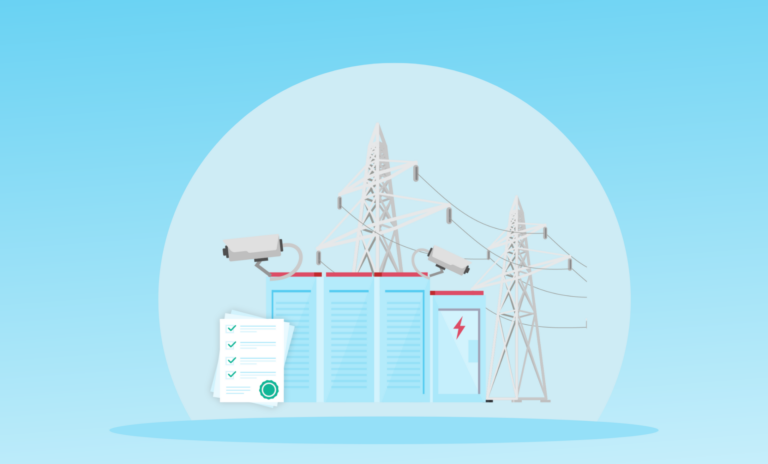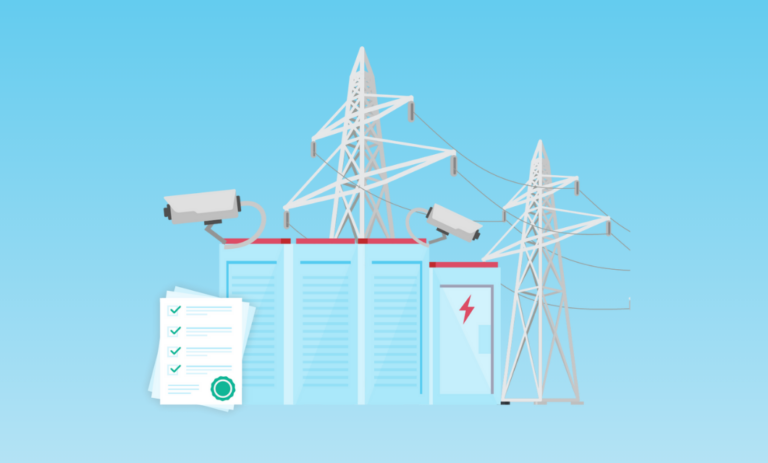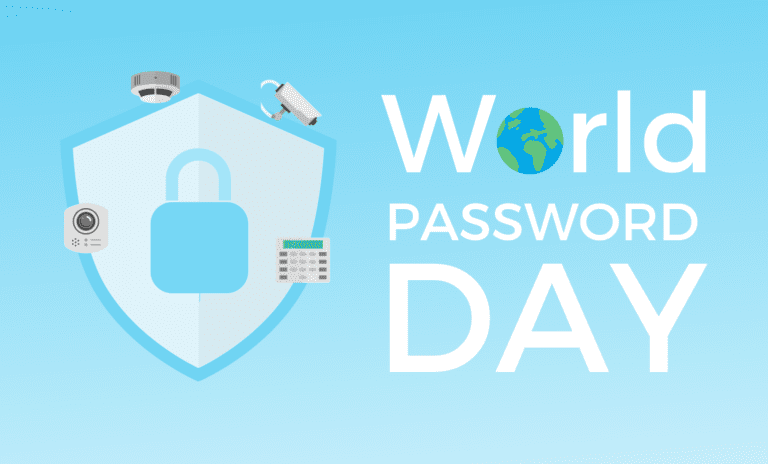 A stark warning issued recently by a list of government agencies has shed an alarming spotlight on the growing threats to critical infrastructure due to vulnerabilities in OT systems. The fact sheet – co-authored by Cybersecurity and Infrastructure Security Agency (CISA), the FBI, the Environmental Protection Agency (EPA), and the Department of Energy (DoE) – revealed they are “aware of cyber incidents affecting the operational technology (OT) and industrial control systems (ICS) of critical infrastructure entities in the United States.”
A stark warning issued recently by a list of government agencies has shed an alarming spotlight on the growing threats to critical infrastructure due to vulnerabilities in OT systems. The fact sheet – co-authored by Cybersecurity and Infrastructure Security Agency (CISA), the FBI, the Environmental Protection Agency (EPA), and the Department of Energy (DoE) – revealed they are “aware of cyber incidents affecting the operational technology (OT) and industrial control systems (ICS) of critical infrastructure entities in the United States.”
This isn’t a hypothetical threat. It’s a growing pattern of targeted activity—particularly against water and wastewater systems (WWS), energy grids, and other sectors where OT systems form the backbone of operations. These attacks underscore the increasing convergence between physical infrastructure and digital vulnerabilities—and highlight the urgent need for better visibility, automation, and cybersecurity posture in OT environments.
The Nature of the Threat
The advisory outlines that threat actors, including nation-state-sponsored groups, have successfully exploited known vulnerabilities in internet-accessible OT systems. Specifically:
- Unpatched remote access systems have been compromised to gain direct control of OT assets
- Legacy industrial protocols, often unauthenticated and unencrypted, were used to manipulate system states
- In some cases, attackers rendered equipment inoperable or disrupted core operational functions
Unlike traditional IT environments, OT systems typically lack built-in security mechanisms. Moreover, the devices—ranging from programmable logic controllers (PLCs) to IP-connected physical security hardware—are often spread across distributed locations and are difficult to monitor continuously.
Connecting the Dots: The OT Blind Spot
These recent incidents expose a blind spot in many organizations’ cybersecurity strategies. While IT networks benefit from well-established tools and practices, OT and ICS environments often operate under outdated security assumptions.
The consequence? A widening attack surface with limited visibility, minimal automation, and poor control over device configuration, status, and access.
A Path Forward: Secure, Monitor, Automate
At Securithings, we see these warnings not as isolated events, but as part of a broader systemic risk. Our work with critical infrastructure organizations has shown that many OT environments suffer from fragmented device management, manual processes, and limited cybersecurity oversight.
That’s where solutions focused on unified operational visibility and automation for physical and OT systems come into play. The core principles we advocate align directly with what the advisory recommends:
- Automated asset discovery and monitoring: Identify every connected device, its firmware version, configuration state, and exposure
- Proactive vulnerability management: Detect outdated or misconfigured devices that can serve as entry points for attackers
- Secure remote access and credential management: Eliminate the risks associated with hardcoded credentials or unsecured remote tools
- Audit trails and compliance reporting: Ensure that device activity, software updates, and access events are logged and reviewable
Looking Ahead
This advisory is a clear call to action. It’s not just about preventing attacks—it’s about building resilience. Organizations must take a proactive approach to OT cybersecurity by leveraging automation, gaining continuous insight into device health and configuration, and bridging the IT-OT divide.
Cybersecurity in critical infrastructure is no longer a siloed concern. It’s a shared responsibility—and it starts with visibility, control, and secure operations at the device level.
Download the eBook 7 Strategies for Protecting Your Physical Security Devices From Cyber Attacks to learn more.




